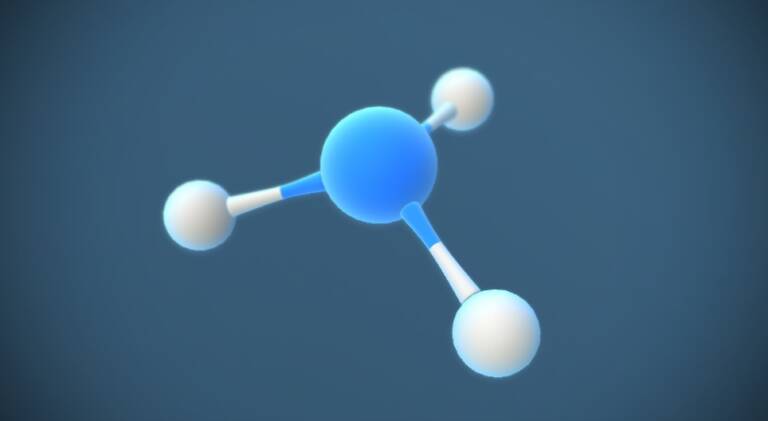Green energy: Japanese scientists discover a revolutionary method for storing ammonia and hydrogen

Researchers at the RIKEN Center for Emergent Matter Science (CEMS) in Japan have found a simple and inexpensive way to store ammonia, an important chemical for a number of industries. The discovery could also help create a hydrogen-based economy.
Ammonia, chemically written as NH3, is widely used in various industries, from textiles to pharmaceuticals, and is an important component in the production of fertilizers. For its current use, ammonia is stored in pressure resistant containers after being liquefied at temperatures of -27 Fahrenheit (-33 degrees Celsius).
Alternative methods of storing ammonia in porous compounds have been investigated. The storage and recovery process can be performed at room temperature, but the storage capacity of these compounds is limited.
A research team led by Masuki Kawamoto at RIKEN CEMS has now discovered that perovskites, crystalline structures associated with improving the energy conversion efficiency of solar panels, can also serve as an excellent medium for ammonia storage and recovery.
Perovskite as an ammonia carrier
Kawamoto's team discovered that perovskite ethyl ammonium lead iodide (EAPbI3) reacts with ammonia at room temperature and pressure to produce lead iodide hydroxide, or Pb(OH)I. Ethyl ammonium lead iodide has a one-dimensional columnar structure, but after reaction with ammonia, it forms a two-dimensional layered structure.
Ammonia is a highly corrosive gas, but the chemical reaction with the perovskite allows it to be stored safely and requires no special storage equipment. The recovery process is also very simple. In a vacuum, ethyl ammonium lead iodide can be heated to 122 Fahrenheit (50 degrees Celsius) to release the ammonia gas.
By comparison, ammonia stored in porous compounds needs temperatures around 302 Fahrenheit (150 degrees Celsius) to recover.
Towards a hydrogen economy
The discovery of perovskite's role is very important because it also offers a way to store hydrogen. Each ammonia molecule contains three hydrogen atoms, which make up 20% of the molecule's weight.
By itself, hydrogen is highly combustible, but ammonia doesn't burn easily, making it a good means of storing it until needed.
The perovskite-ammonia reaction is fully reversible and the perovskite can be reused to re-store ammonia once recovery is complete. Interestingly, perovskite also changes color, turning white when it stores ammonia and returning to its original yellow after ammonia is recovered. Scientists can exploit this feature to build color-based sensors to determine the amount of ammonia stored in the perovskite.
Our attempts to move away from fossil fuels will likely prove futile if we fail to find alternatives for carrying out activities such as long-haul and heavy transport. The power density of hydrogen is almost three times that of petrol or diesel, but its combustible nature carries high risks.
A simple and cost-effective method that allows hydrogen to be extracted on the spot of need, only in the quantities needed, will pave a faster path towards a hydrogen-based economy in the near future.

Thanks to our Telegram channel you can stay updated on the publication of new articles from Economic Scenarios.
The article Green energy: Japanese scientists discover a revolutionary method for storing ammonia and hydrogen comes from Economic Scenarios .
This is a machine translation of a post published on Scenari Economici at the URL https://scenarieconomici.it/energia-green-scienziati-giapponesi-scoprono-un-metodo-rivoluzionario-per-conservare-lammoniaca-e-lidrogeno/ on Wed, 12 Jul 2023 06:00:39 +0000.
